
views
Transitioning Safely to the New Method

Consult with your doctor to confirm it is safe for you to switch. Before you switch to a different method, have a consultation with your doctor where you go over your medical history. Your doctor may ask you questions about your experiences on your current method of birth control and explain how your new method will work. They will then let you know if it is safe for you to switch. Your doctor will prescribe you new birth control pills or the patch. They can also arrange for the insertion of the ring or the IUD if you are switching to this method.

Plan the switch so you won’t have any gaps when you switch from pill to pill. If you are switching from one brand of the birth control pill to another, you do not need to wait for your packet of old pills to run out. Instead, have the first pill in the new packet as soon as it is time to take your next birth control pill. This will ensure your birth control transition is simple and easy from pill to pill. Stick to the same time of day for your old pill when taking the new pill so your cycle does not get thrown off.
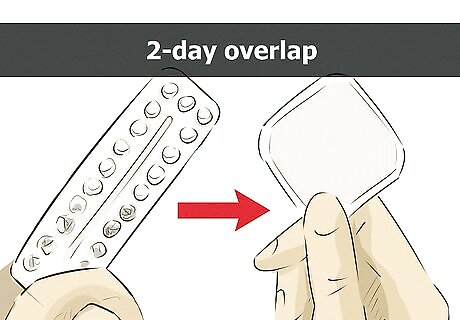
Plan a 2-day overlap if you’re switching to the patch or the ring. If you are switching from the pill, the patch, the ring, or the shot to the patch or the ring, you will need to make sure you overlap 2 days so your birth control is effective. This means you will continue taking the old method for 2 days even though you now have the patch or the ring. The exception is if you are switching from an IUD or an implant to a patch or ring, as you will need to have a 7-day overlap.
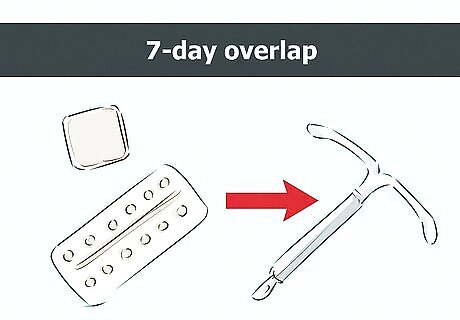
Do a 7-day overlap if you’re switching to a hormone IUD or implant. If you are switching from the pill, the ring, or the patch to a hormone IUD or implant, continue taking your old form of birth control 7 days after you get the IUD or implant. This overlap will ensure your birth control works and your body can adjust to the IUD or implant. The only exception is if you are switching from a hormone IUD to a copper IUD or vice versa. You can get the new IUD put in as soon as you remove the old one and do not need any overlap.
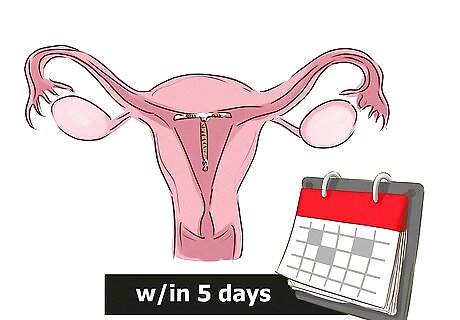
Insert the copper IUD within 5 days of stopping your previous method. If you are switching from the pill, the ring, the patch, or the implant to the copper IUD, you do not have to overlap. Instead, you just need to get the IUD within 5 days to ensure you are protected.
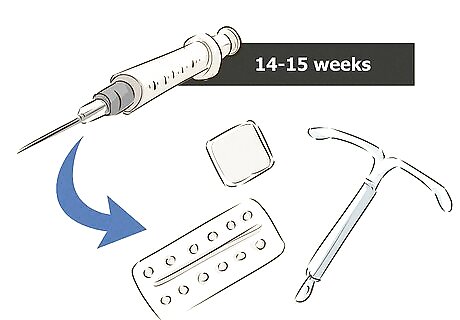
Use your new birth control within 15 weeks of stopping the progesterone shot. The progestin shot stays in your system for at least 14-15 weeks so you can start taking your new method of birth control before or after this time. The only exception is if you are switching from from the progesterone shot to a copper IUD. You can switch to the copper IUD within 16 weeks of your last shot.

Use backup birth control for 7 days to be safe. No matter which type of birth control you switch from, you should use a backup form of birth control to ensure you are protected, such as condoms or spermicide. Use the backup form for at least a week to give the new method time to kick in. Keep in mind the only way to protect yourself from STIs and HIV is to use condoms.
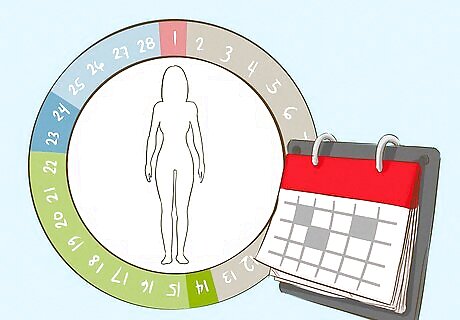
Track your period to be sure the new method is working. Once you have switched to the new method, make sure you keep track of your menstrual cycle using a tracking app on your phone or a calendar. Note when you get your next period and make sure you are getting your period regularly on the new method. Your periods should be normal once your body gets used to the new birth control method. If you have fluctuations several periods in a row or miss your period, go see your doctor.
Recognizing the Side Effects of Switching

Notice if your cramps get worse and your breasts are sensitive. One of the most common side effects of switching to a new method of birth control is increased cramping or more intense cramping. Your breasts may also feel tender to the touch or ache for several days. These side effects should fade after a few days on the new method. These side effects may also not appear at all, especially if you are switching to an IUD. If the side effects do not fade after several days to a week, see your doctor.

Check if your vagina is moist or dry. If you have switched to a birth control method that releases more estrogen in your body, your vagina will be very moist and lubricated. If your new birth control method has high progestin, such as the progestin shot, your vagina may become very dry. You can address vaginal dryness by using lubrication when you have sex. If your vaginal dryness becomes serious, you may want to consider switching to a birth control method that releases less progesterone, such as low-dose birth control pills.

Watch for acne or breakouts. If you are going from the pill to a different method of birth control, you may notice that your skin will break out or become irritated. This may be because the pill was helping to control your acne or your tendency to break out. You can try treating the acne so you can stay on the new birth control without dealing with this side effect.
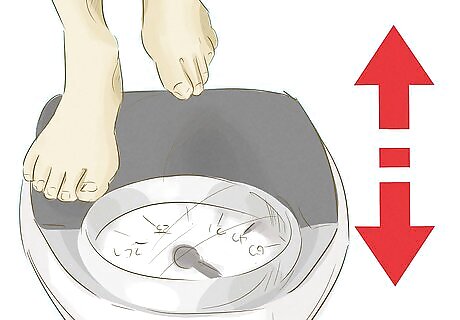
Check for fluctuations in your weight. If you are going off the pill and using a new type of birth control, you may notice that you lose weight. If you are switching to the pill, you may gain weight. In most cases, the fluctuations in weight are minor, no more than 1 to 3 pounds (0.45 to 1.36 kg), and should not cause other health issues.
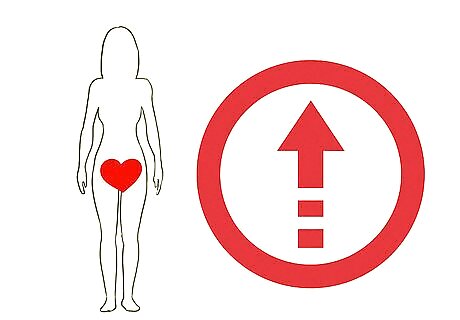
Notice if your sex drive goes up. Some forms of birth control can affect your sex drive, causing it to increase. When you switch to birth control pills and other methods, you may notice that your libido goes up and is more active. You may find you are more sexually active or interested in sex.
Seeking Medical Care

Schedule a follow-up visit with your doctor a few weeks after you switch. This will allow your doctor to check that the new method is working and your side effects are minimal. Keep in mind it may take several days or weeks for your body to get used to the new method of birth control, especially if you switched to a birth control you insert like the ring or the IUD.

See your doctor if your side effects become severe. If you experience severe cramping, vaginal dryness, weight fluctuations, or acne, go see your doctor. Your doctor may suggest you make lifestyle changes to try to reduce the side effects or suggest a lower dosage of birth control if you are taking the pill. If the side effects do not lessen or go away after several months, consider switching to a different birth control method.

Talk to your doctor if the new method is not working for you. If you do not like the new birth control method or you find certain methods uncomfortable, such as the IUD, the shot, or the ring, you may consider switching to a different one. You will need to make sure your doctor approves the switch and that you follow the correct overlap when you switch so you are protected.
Choosing a Birth Control Method

Switch to birth control pills if you are able take pills at the same time every day. Taking birth control pills may also be ideal if you want an option that is non-invasive and does not require you to insert anything into your body. It may also be good if you need a low dose of progesterone, as you can get low dose birth control pills. Your doctor may suggest you switch to birth control pills if you are having issues with other types of birth control, such as the ring or the IUD, as it is a good fall back option.
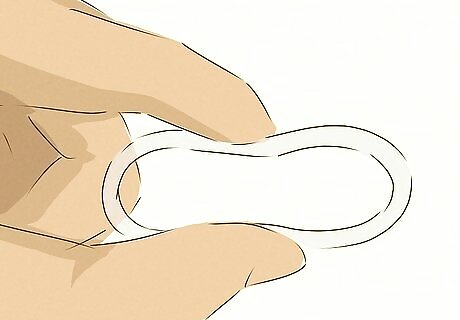
Go for the birth control ring if you okay with inserting and removing it yourself. The ring, also called NuvaRing, is a small, flexible ring that prevents pregnancy by releasing hormones in your body. You will need to insert it into your vagina at the start of your menstrual cycle and replace it once a month. You do not need to remove it when you have sex, as it works best if it is left in. The ring cannot be left out for more than 2 days, as this will cause it to stop working correctly. The ring has shown to reduce menstrual cramps and acne. It can also help to keep your periods regular. Your doctor can show you how to insert the ring properly. You should set an alarm on your phone or write a reminder on a calendar so you remove and replace the ring at the end of each month.
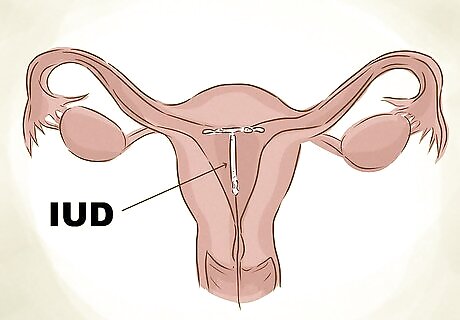
Try an IUD if you want a long-term option that requires minimal maintenance. The IUD (Intrauterine Device) comes in 2 forms: the hormonal IUD and the copper IUD. The hormonal IUD contains progesterone and can protect you from pregnancy for 3-5 years, depending on the brand you get. The copper IUD does not release any hormones and can protect you for up to 10 years. An IUD offers long term protection that is 99% effective, but you will need to have it inserted into your uterus by your doctor and replaced as needed. Though the initial insertion can be painful, the IUD does not require any maintenance once it is inserted and can result in lighter periods as well as less cramping. Your doctor should schedule a follow up 1 month after the IUD is inserted to ensure it is positioned properly and you are not experiencing any adverse side effects.
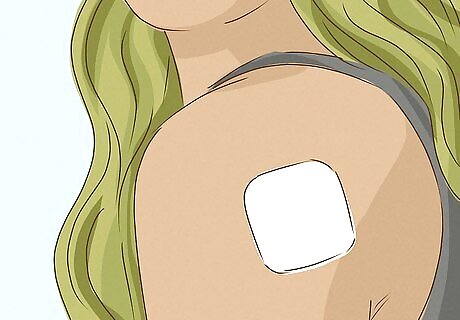
Consider the birth control patch for a non-invasive option. The patch is a good option if you do not want to insert anything into your body and you’d prefer to wear a patch that you can hide under clothing. The patch releases hormones that are absorbed through your skin, preventing you from ovulating. You will need to remove and replace the patch every 3 weeks on the same day for it to be effective. Set an alarm on your phone or write a reminder on a calendar so you do not forget.
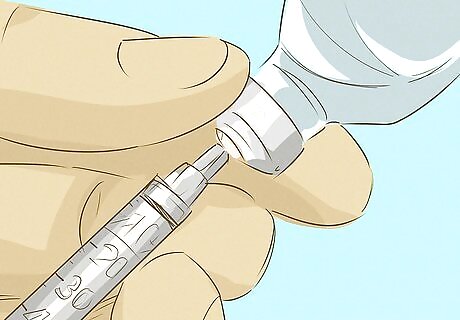
Switch to the progesterone shot if you do not mind regular injections. The progesterone shot is usually only prescribed by your doctor if you have irregular periods or a hormonal imbalance. You will need to follow your doctor’s instructions on dosage and ensure you get a new injection every 14-15 weeks. Your doctor can give you the injections or you can learn how to give them to yourself. Keep in mind the progesterone shot should not be used as a regular form of birth control, as prolonged use can lead to side effects and other health issues. Your doctor may suggest that you switch to a different form of birth control after using progesterone shots for several months.


















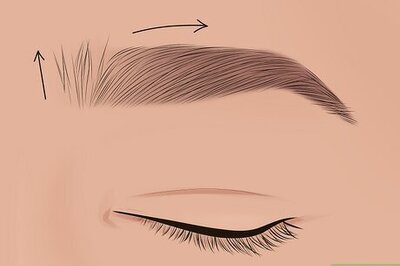
Comments
0 comment